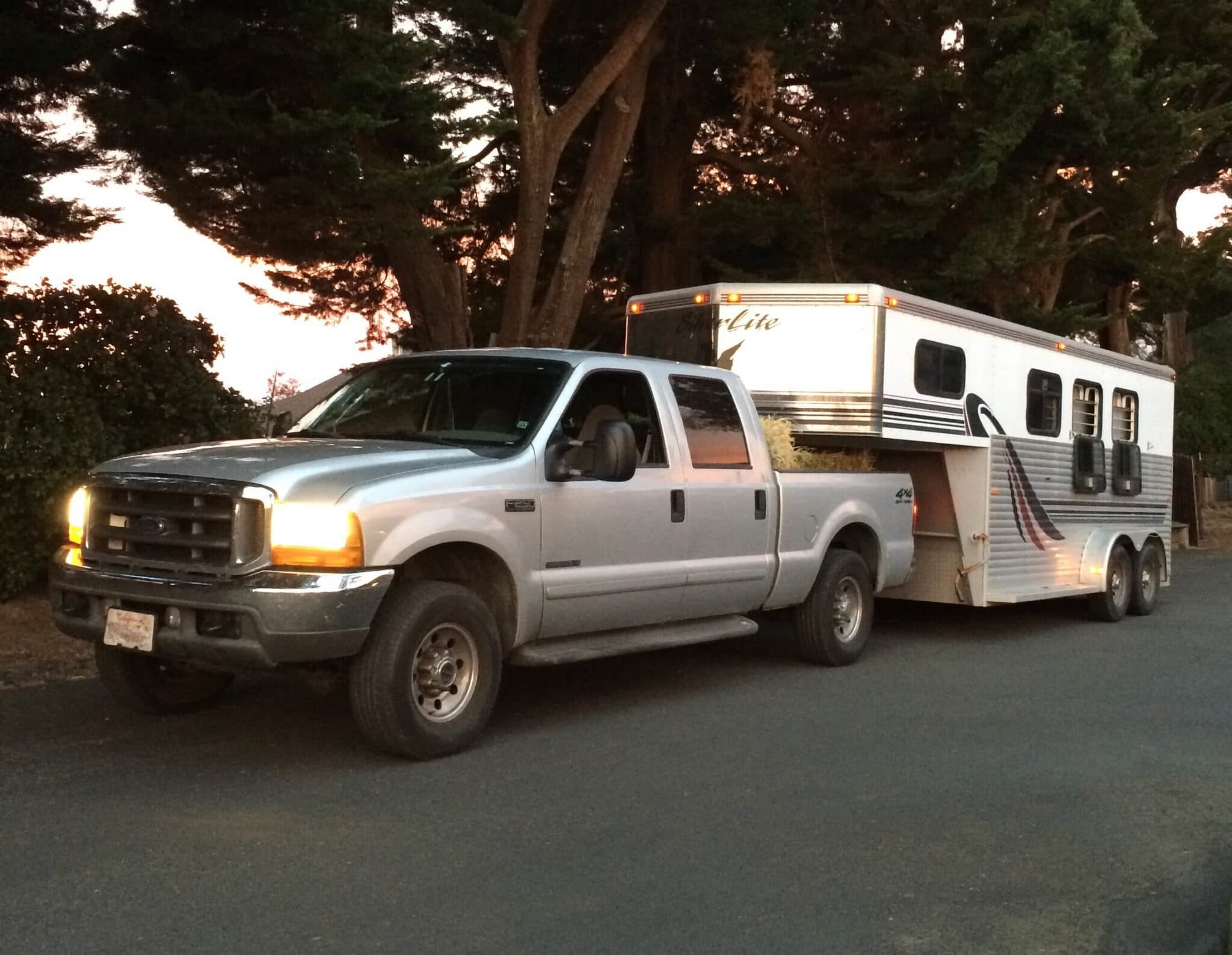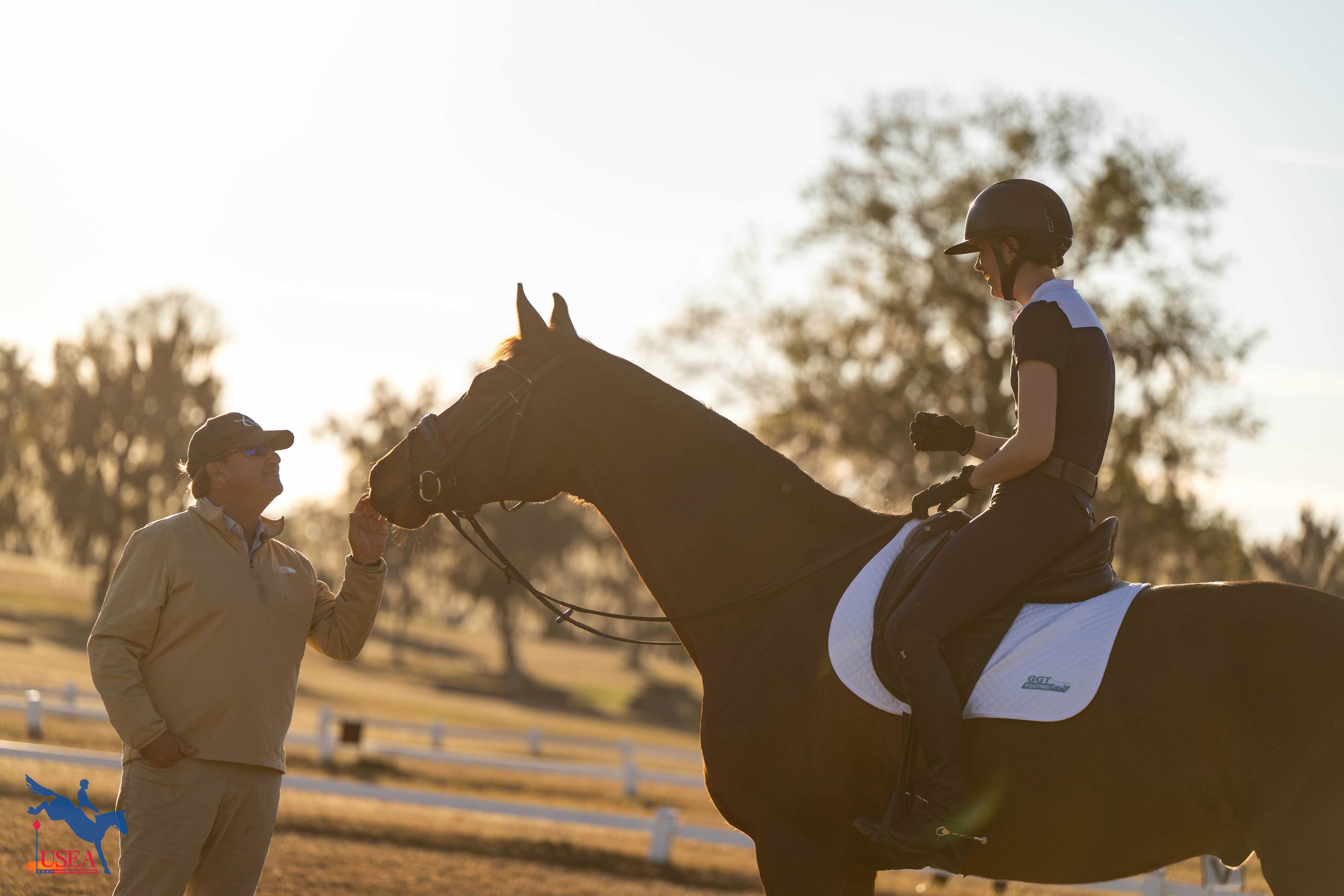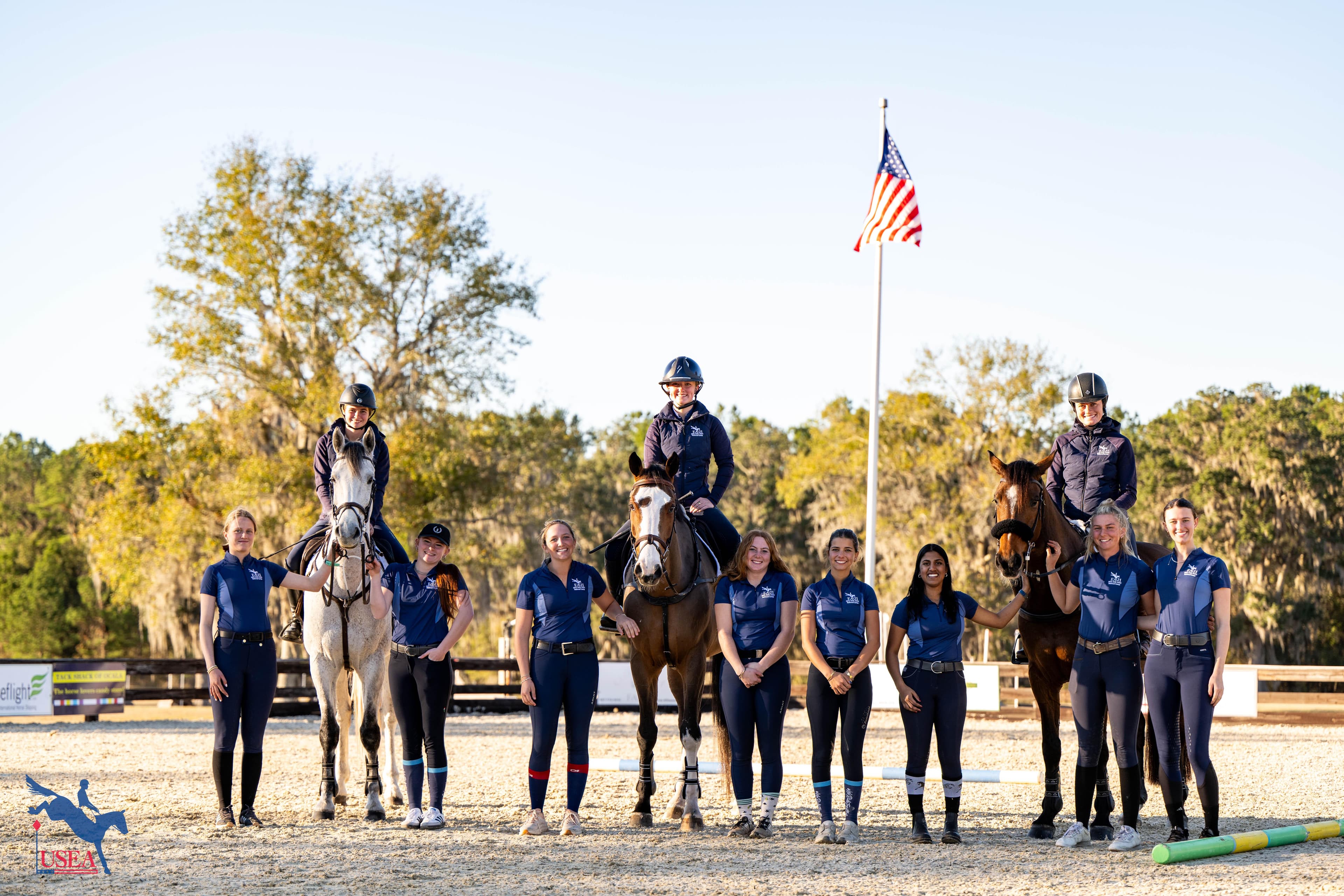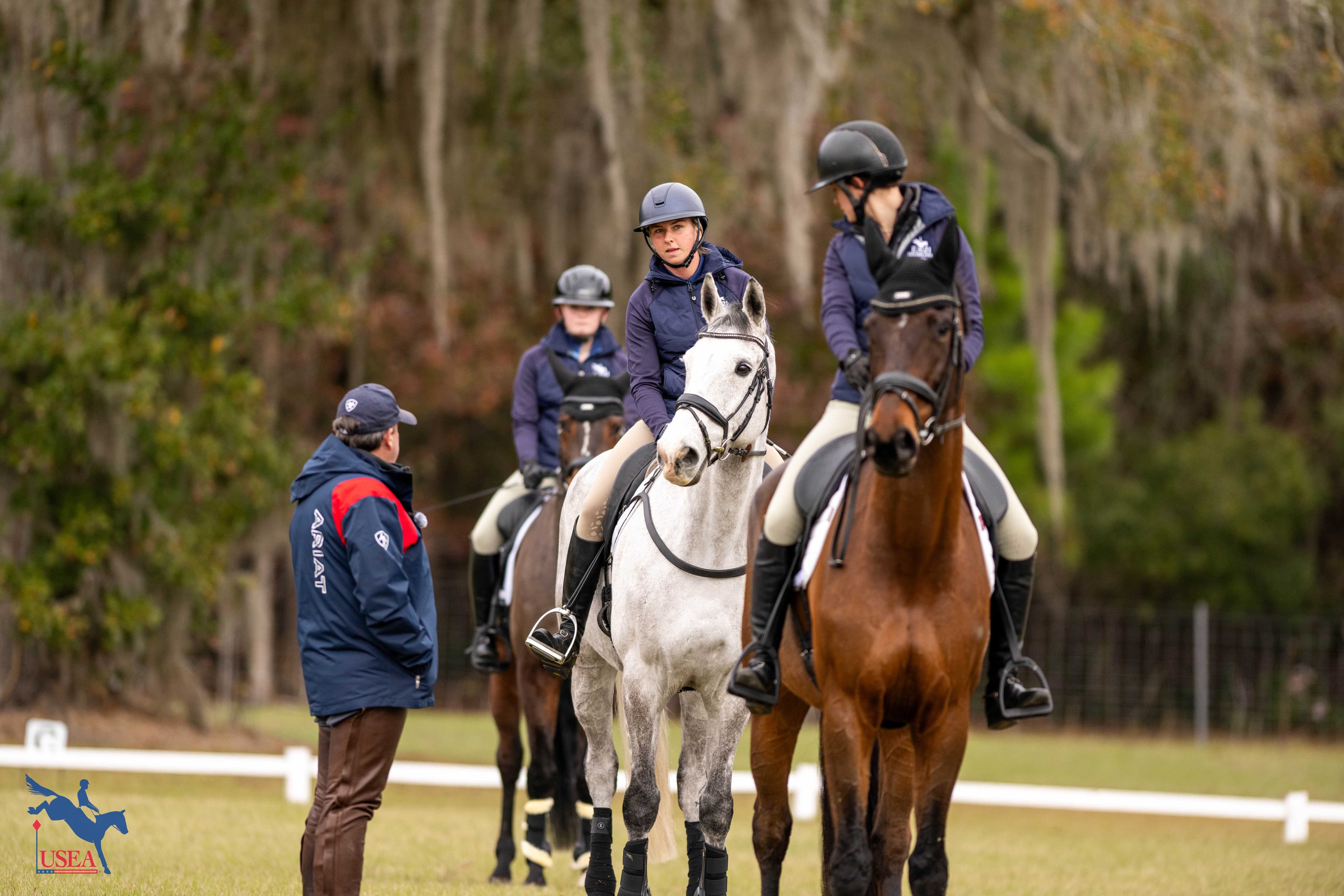Do I Need an Electronic Logging Device?

In 2012, a bill titled “Moving Ahead for Progress in the 21st Century” was passed by Congress. This bill was designed to help the Federal Motor Carrier Safety Administration (FMCSA) reduce the incidence of crashes, injuries, and fatalities involving larger vehicles, particularly commercial vehicles.
One portion of this bill required that the FMCSA create a rule requiring the use of electronic logging devices (ELDs) in commercial motor vehicles (CMVs). An ELD automatically records the number of hours a driver spends behind the wheel and these ELDs must meet specific technology requirements and be registered with the FMCSA. The mandate requiring commercial vehicles to be outfitted with an ELD went into effect on December 18, 2017.
Electronic Logging Devices
Current regulations allow a driver of a commercial vehicle to drive for eight hours straight before they need to take a mandatory 30-minute rest period. The new ELD devices will track for 14 straight hours (regardless of traffic, fuel stops, or loading/unloading of livestock) during which a maximum of 11 hours can be spent driving. Once the 14-hour mark has passed, drivers must stop and rest for 10 consecutive hours.
It is important to note that the ELD can also automatically track any violations such as exceeding the speed limit or driving past the 14-hour limit. Any violations will be recorded within the device and can be reviewed by authorities, which could result in a fine for the driver.
Because horses are considered livestock and are specifically mentioned in the bill’s language, if you drive a commercial motor vehicle and hold a commercial driver’s license (CDL) to haul horses, you are subject to these regulations.
Commercial Motor Vehicles
A commercial motor vehicle (CMV) is defined as “a vehicle used on the highways in interstate commerce to transport passengers or property if the vehicle has a gross vehicle weight rating (GVWR) or gross vehicle weight (GVW) of 10,001 pounds or greater.” If the vehicle is used with the intent to make a profit (also called “furtherance of a commercial enterprise”) or is involved in interstate commerce, it would fall into the CMV classification. CMVs are required to have ELDs installed.
Some examples that would qualify your vehicle as a commercial motor vehicle are:
- Writing off your truck and trailer as a business expense on your tax returns.
- If you are a professional trainer and use your truck and trailer for business purposes.
- If you offer to haul someone else’s horse in your trailer and accept money for the cost of fuel and/or wear-and-tear on your vehicle.
- The FMCSA could consider hauling a horse to show with the intent to win prize money as pursuing a profit, which then classifies your truck and trailer as commercial.
- Sponsorships, whether financial or “in kind” can qualify as “furtherance of a commercial enterprise” and place you into the commercial category.
Commercial Driver’s Licenses
Commercial Driver’s License (CDL) requirements have been in place since April 1, 1992, and are not a new development along with the ELD mandate. A driver is required to hold a CDL if the vehicle they operate falls into one of the two following categories:
- Combination of vehicles with a GCWR of 26,001 or more pounds, providing that the GVWR of the vehicle being towed is 10,001 or more pounds. (For example, if your truck weighs 11,000 pounds and your horse trailer has a GVWR of more than 15,000 pounds, you would be required to obtain a CDL.)
- Any single vehicle with a GVWR of 26,001 or more pounds
You should also be aware that each state has their own set of regulations in addition to federal requirements for a CDL, so it is important to understand the laws that apply to your state of licensure before applying for a CDL.
Because of these stipulations, many professional horse people are required to hold a CDL to operate their truck and trailer and are hence subject to the ELD Mandate.
Current Exemptions from the ELD Mandate
There are currently some exemptions in place from the ELD Mandate, all of which can be found here. Short-haul vehicles are exempt from the mandate, and the criteria for a short-haul vehicle are:
- The driver operates within a 100 air-mile radius (as the crow flies) from the normal starting work location
- The driver starts and returns to the same location within 12 hours-time
- The driver drives no more than 11 hours
- The driver takes 10 consecutive hours off between shifts
- The driver maintains a time-clock, a.k.a punching in and out for work.
The key exemption for most horse owners is, “unless otherwise specifically provided, the rules in this subchapter do not apply to the occasional transportation of personal property by individuals not for compensation and not in the furtherance of a commercial enterprise.” In simple terms, if you are hauling for recreational purposes you are exempt from the ELD mandate.
The American Horse Council (AHC), in collaboration with the rest of the animal agriculture community, have requested that the Department of Transportation (DOT) grant a one-year enforcement delay and allow for limited exemptions from compliance from December 18, 2017, the implementation date.
The AHC has released two very useful documents, one which provides additional information about how the ELD Mandate will affect you and the other which details the requirements for a CLD. Links to both of these documents can be found below:
Electric Logging Device Mandate Brochure | Commercial Driver's License Brochure
The AHC has stated that they will continue to petition for an enforcement delay, to be followed by a waiver and/or limited exemptions from compliance with the final rule on ELDs, specifically the expected Hours of Service (HOS). For more information or questions, please contact the American Horse Council at (202) 296-4031 or [email protected].














